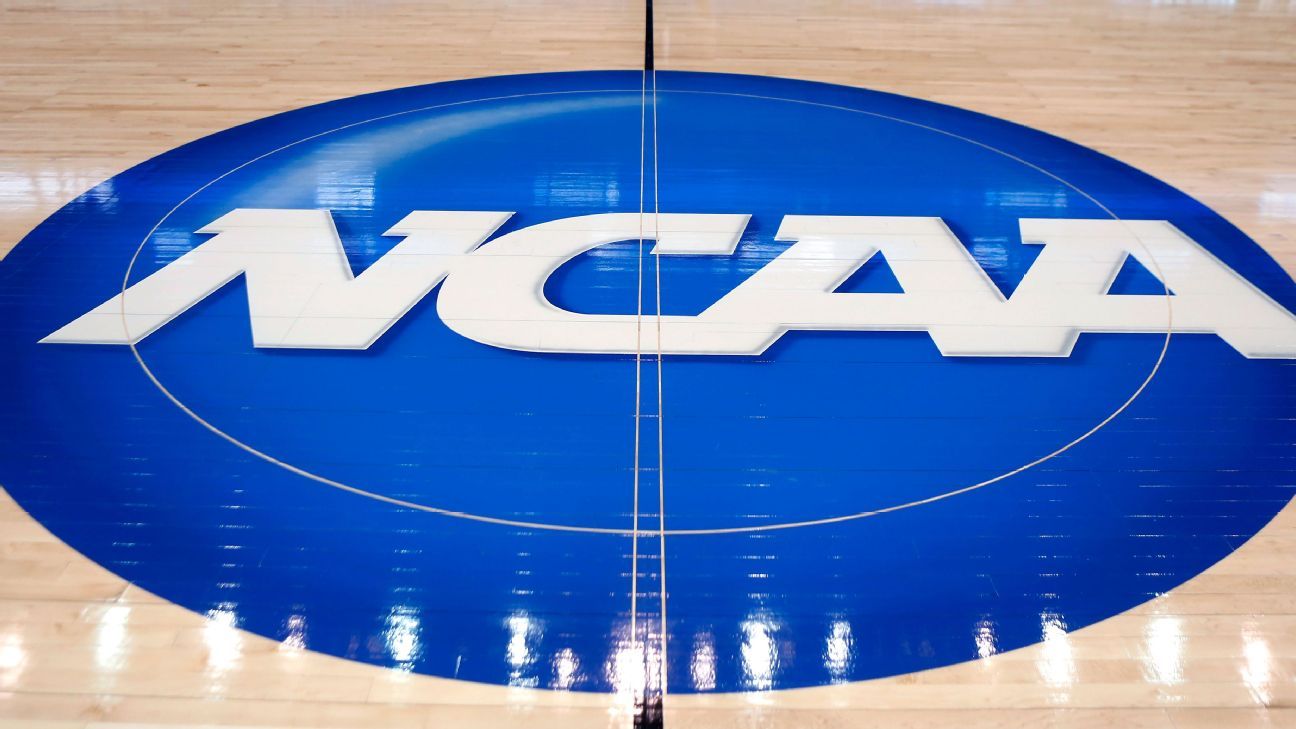College athletes moved one significant step closer Monday to a future in which they can be paid directly by their schools.
Judge Claudia Wilken granted preliminary approval to the terms of an industry-changing antitrust settlement Monday morning, accepting a series of changes made by attorneys representing all Division I athletes, the NCAA and its Power Five conferences.
Wilken initially raised concerns that some elements of the settlement would limit future payments to players and fail to pass legal muster, but she wrote in her ruling this week that the court “will likely be able to approve the settlement as fair, reasonable and adequate.”
Wilken’s order also established a schedule for the remaining steps to finalize the deal. Any athletes impacted by the settlement will have until Jan. 31 to file objections or opt out. A final hearing to approve the deal is schedule for April 7, 2025 — coincidentally the same day as the men’s basketball championship game.
In May, attorneys for all parties agreed to settle a trio of antitrust lawsuits (House v. NCAA, Hubbard v. NCAA and Carter v. NCAA) that claimed the association’s rules are illegally restricting the earning potential of college athletes. The NCAA agreed to pay roughly $2.8 billion in damages to former and current college athletes.
The deal also eliminates the restrictions on schools directly paying their players which have long been a cornerstone of the NCAA’s amateurism rules. If the settlement is finalized, starting next year schools will be allowed to pay their players up to a certain limit. The cap is expected to start at slightly more than $20 million per school and increase on an annual basis.
“We are thrilled that we are one step closer to a revolutionary change in college sports that will allow NCAA athletes to share in billions of revenue,” said Steve Berman, co-lead counsel for the plaintiff class.
Berman and fellow plaintiff attorney Jeffrey Kessler will begin sharing more information about the details of the settlement with athletes at all Division I schools later this month. By December, all athletes who have competed in a Division I sport since 2016 will be able to receive an estimate of how much they could receive from the damages pool.
NCAA president Charlie Baker previously has said the settlement is a key step toward reshaping the economic model of college sports into one in which athletes can be paid without being considered employees. Baker said this summer that the NCAA would still need help from Congress to stop several pending legal challenges that claim college athletes should be considered employees of their schools.
“We are thrilled by Judge Wilken’s decision to give preliminary approval to the landmark settlement that will help bring stability and sustainability to college athletics while delivering increased benefits to student-athletes for years to come,” Baker said in a statement Monday.
“Today’s progress is a significant step in writing the next chapter for the future of college sports. We look forward to working with all of Division I, and especially student-athlete leadership groups to chart the path forward and drive historic change.”
Wilken granted preliminary approval to the terms of the deal despite objections raised about whether the settlement fairly allocated the damages. The plaintiffs estimate that roughly 90% of the $2.8 billion will go to football and men’s basketball players because broadcast rights for those sports generate the overwhelming majority of revenue in college sports.
Multiple groups told the judge they believed such an allotment would be unfair to women athletes and could be a violation of federal Title IX laws. As part of the settlement, athletes would have to agree to forgo their rights to file Title IX lawsuits about the disbursement of the damages.
Other objectors also raised concerns about a part of the deal that will allow the NCAA to place restrictions on a defined group of third-party boosters and the name, image and likeness deals they can strike with college athletes. The restrictions are designed to stop the current system of NIL-based collectives that use endorsement deals to attract and retain players to a specific team.
Removing collectives would place a more stringent cap on what each team is able to spend to build its roster.
Wilken said during a hearing for preliminary approval in early September that she thought the restriction on collectives might be considered an illegal restraint. She also indicated it would be difficult to define which third-party groups the NCAA could restrict. Plaintiffs’ attorneys submitted new language more narrowly defining the controversial term in late September.
The settlement is likely to face continued scrutiny from those who have already objected to some of the restrictions, including at least one group of athletes who field a separate antitrust lawsuit last November.


